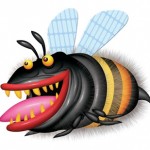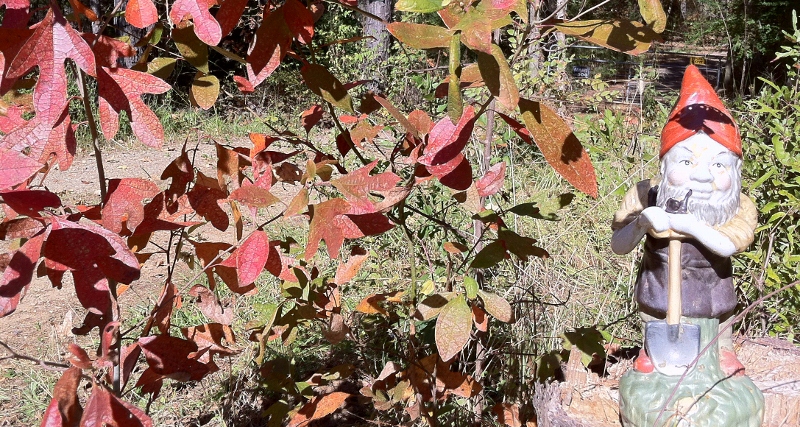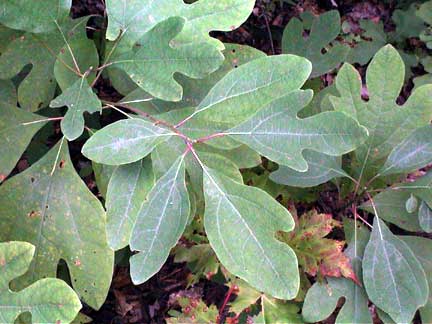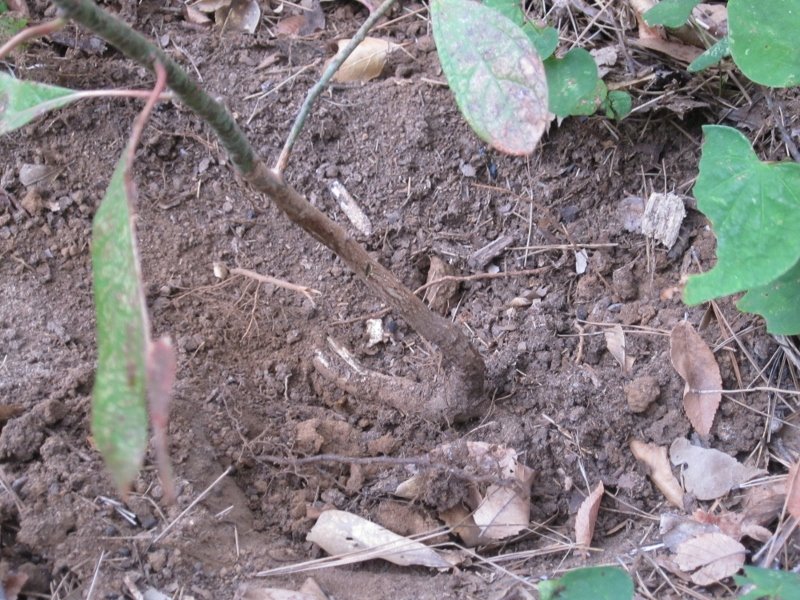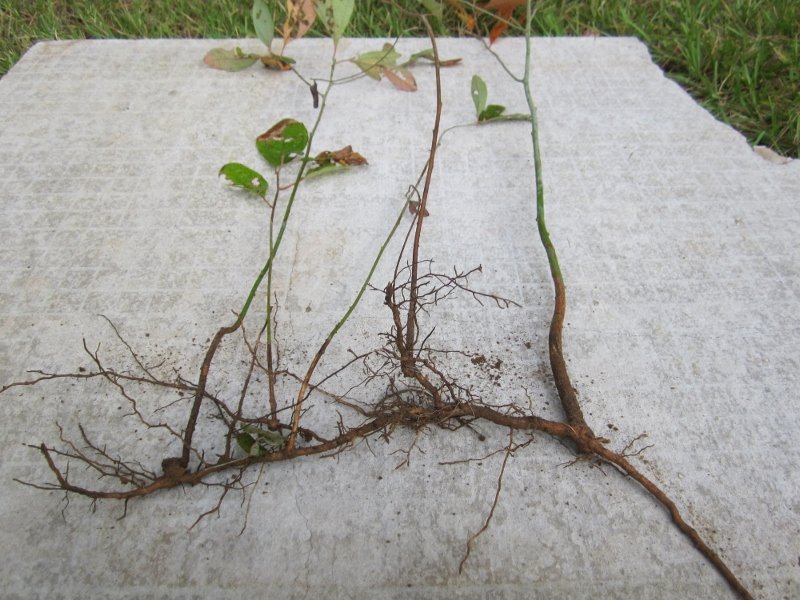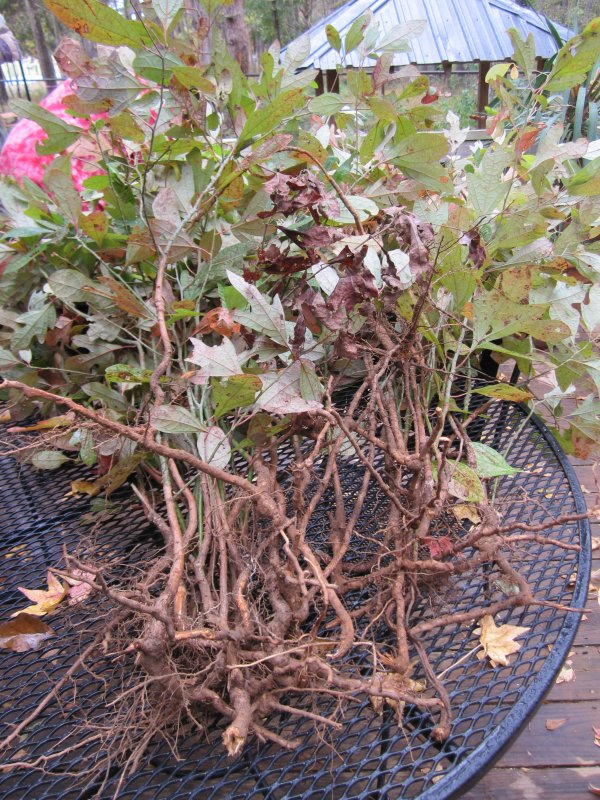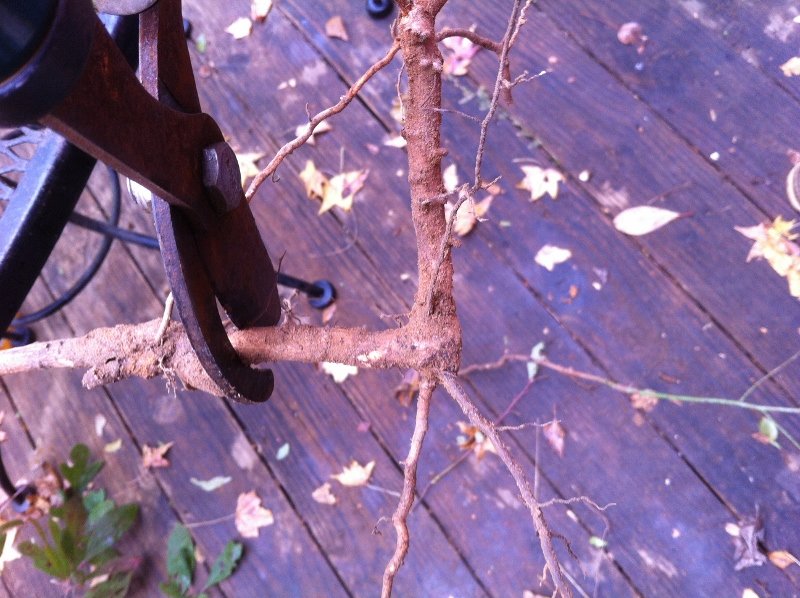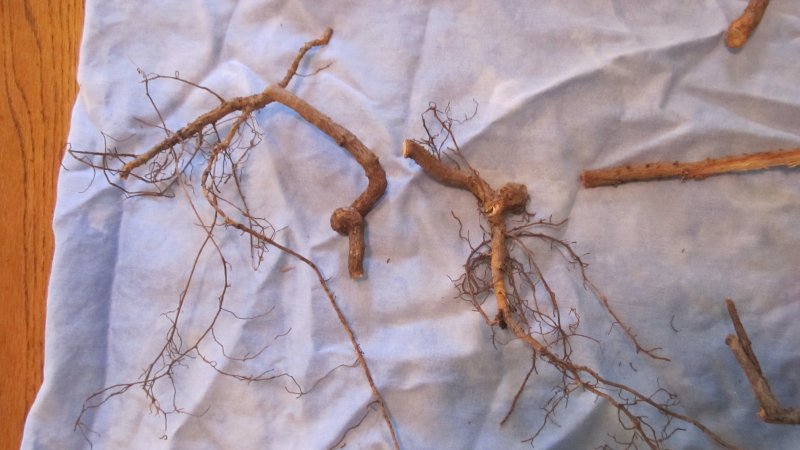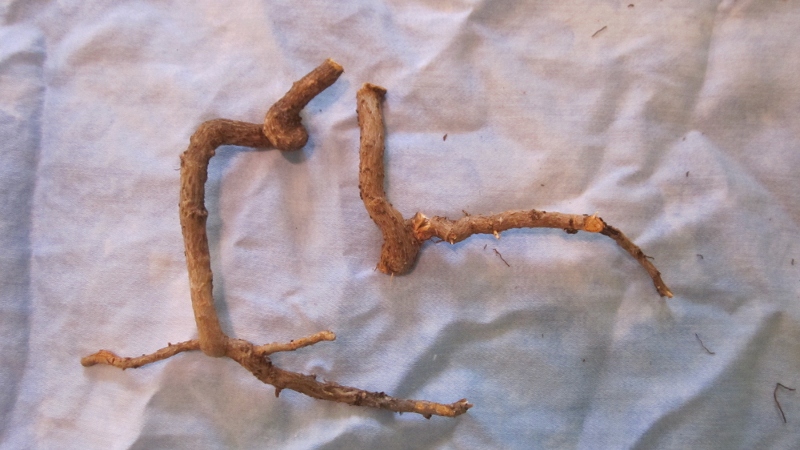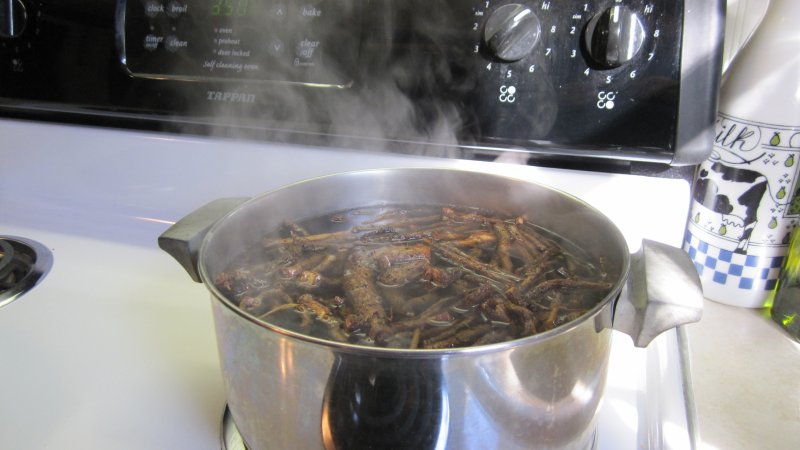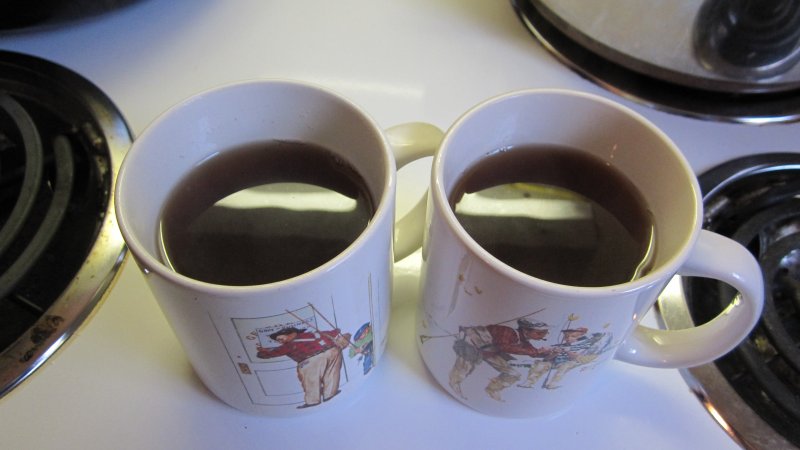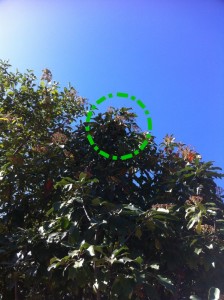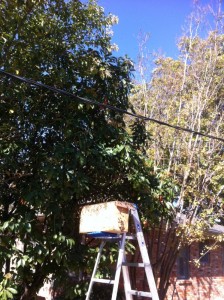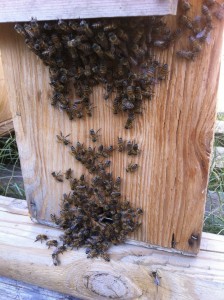This month I attended a beekeeping conference in which disturbing advancements in technology have been announced.
An employee of Monsanto, who works for acquired company BeeLogics indicated their intent and research into modifying the genetic makeup of honeybees by means of RNAi protein control.
RNAi – when performed naturally by the body happens from the moment we are conceived until we die. It’s the body’s mechanism of producing different proteins for different purposes for the body. the “i” of RNAi stands for “interference”. New biological technology allows for the modification of the sequences that create proteins by turning sections of protein receptors/generators on and off.
According to the Monsanto employee, the use for honeybees will be to develop a resistance to varroa mites and other pests to the honeybee.
Here’s a truth as we know it…. Monsanto builds “bt” into their crops. This is to increase yields of their “licensed” crop seeds by inserting / building insecticides into the genetics of the plant themselves. This bt is built into the DNA sequencing of the plant itself – so it’s replicated by both mitosis and meiosis. It becomes a part of the plant body cell production, as well as into it’s reproductive cells.
Pollen is the male-portion (sperm) of a plant’s reproductive system, and is carried by honeybees as well as other pollinators. This bt-laced “food” or protein source for the bees will affect their ability to reproduce…. After all – bt is used as a larvacide to interrupt the life cycle of pest insects to the crop. Unfortunately – bt also affects beneficial insects.
My prediction is that Monsanto and BeeLogics intent is to alter the DNA sequences of the honeybee – so that it can be tolerant to the bt toxins that are already built into their seeds. They benefit by having increased pollination, and potentially lower losses of honeybees. As well as the “press” that they are providing a fix for losses of bees by CCD.
The problem (to me) – is that these bees would NEVER have developed these gene sequences in the normal and natural process of evolution. They are developing a new animal – that is “Monsanto BT-ready” – and will likely have to be licensed (and costly) to beekeepers to perform a pollination service.
This is all disturbing… Very disturbing. My prediction is the “FrankenBee”.
When asked about the safety and security and potential side effects of this “control of a natural process” – his response was that “We just don’t know the long term effects”.
What does that mean? That means that there is the potential for these genetic codes to alter more than BT resistance (or varroa tolerance / hygienic behavior). It’s unknown (as far as we know) what side effects may occur. Will traits be passed on from the eggs of a fertile queen to the worker brood? How about to the drones that provide genetics to new virgin queens that they mate with? What behavioral changes might be affected by the bees? Aggressiveness? Lazy bees? Will they continue with the symptoms of neonicotinoid poisoning? (forget where they live, and not return to their hives?)
The mantra that was repeated over and over by the Monsanto employee was that the control of RNAi was a “normal and natural” thing. Bullshit. Yes – the body performs RNA control from the moment we are conceived until we die. But this is not CONTROLLED by people with agendas and profit margins. It’s controlled by the body in response to internal and external environment. When individuals representing corporations start making these changes – there can only be one reason. Financial. Corporations exist to make a profit. Therefore control of food, seeds, and the processes and distribution of food is for financial goals.
Does this seem cynical and fear-based? You bet. But guess what? This is a REALITY that we’re about to be dealing with as beekeepers and food producers.
What can you do? Let your lawmakers and policy makers know that you will not re-elect them if they continue to pander to the corporate whims of Monsanto (and similar companies) that develop and promote genetically modified plants and organisms. Urge food producers to discontinue use of GM products in their ingredients. Buy locally – from farmers and food preparers that you KNOW and can personally verify their production processes.
Be involved, and be informed.
Here’s a link to the video that I recorded. It’s about an hour long, and is kind of dry – but here’s the info that they are trying to “sell”.

